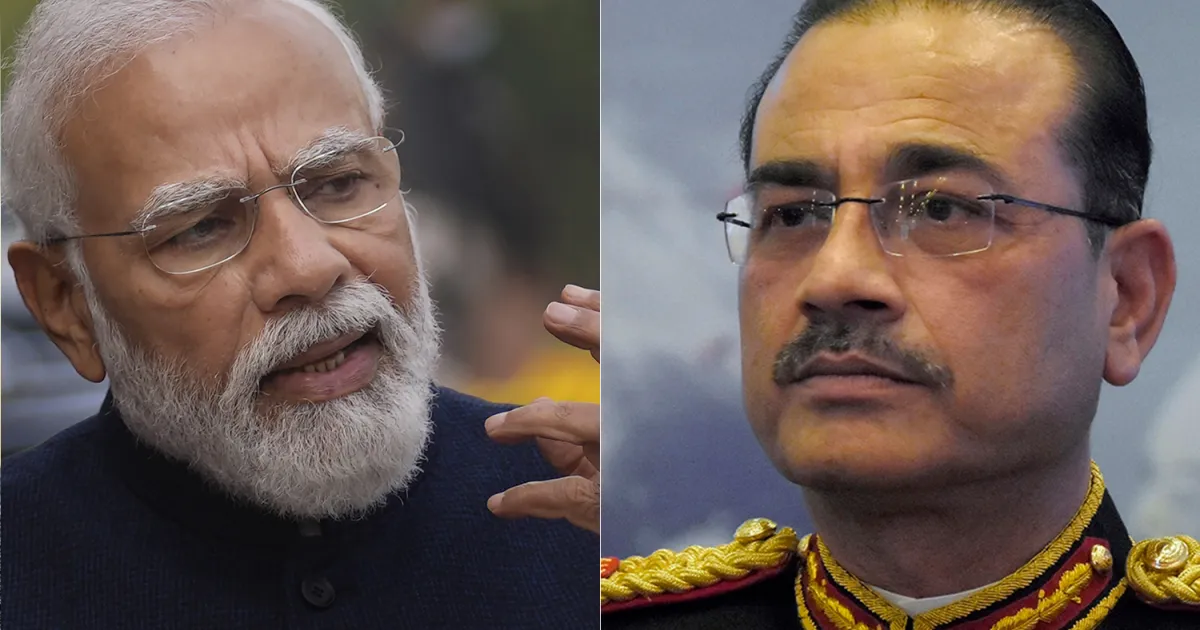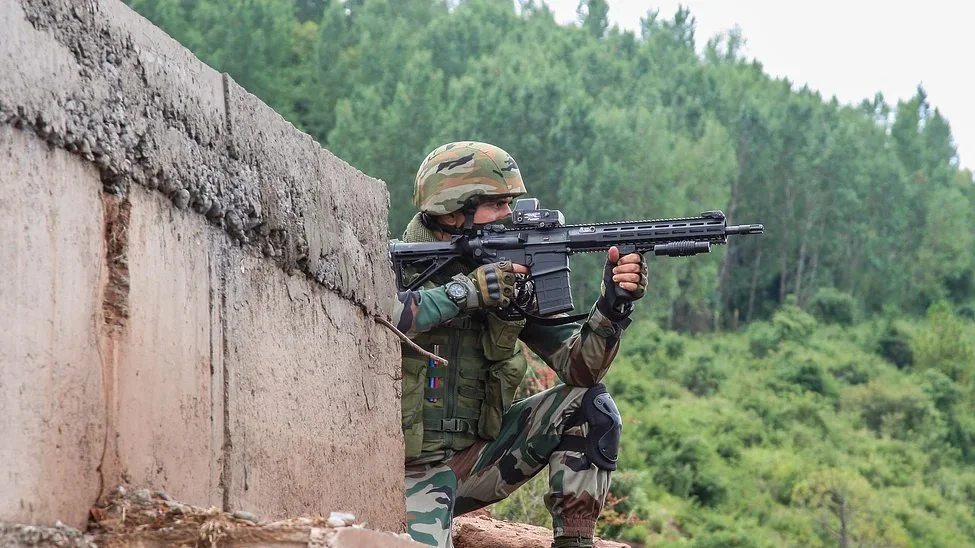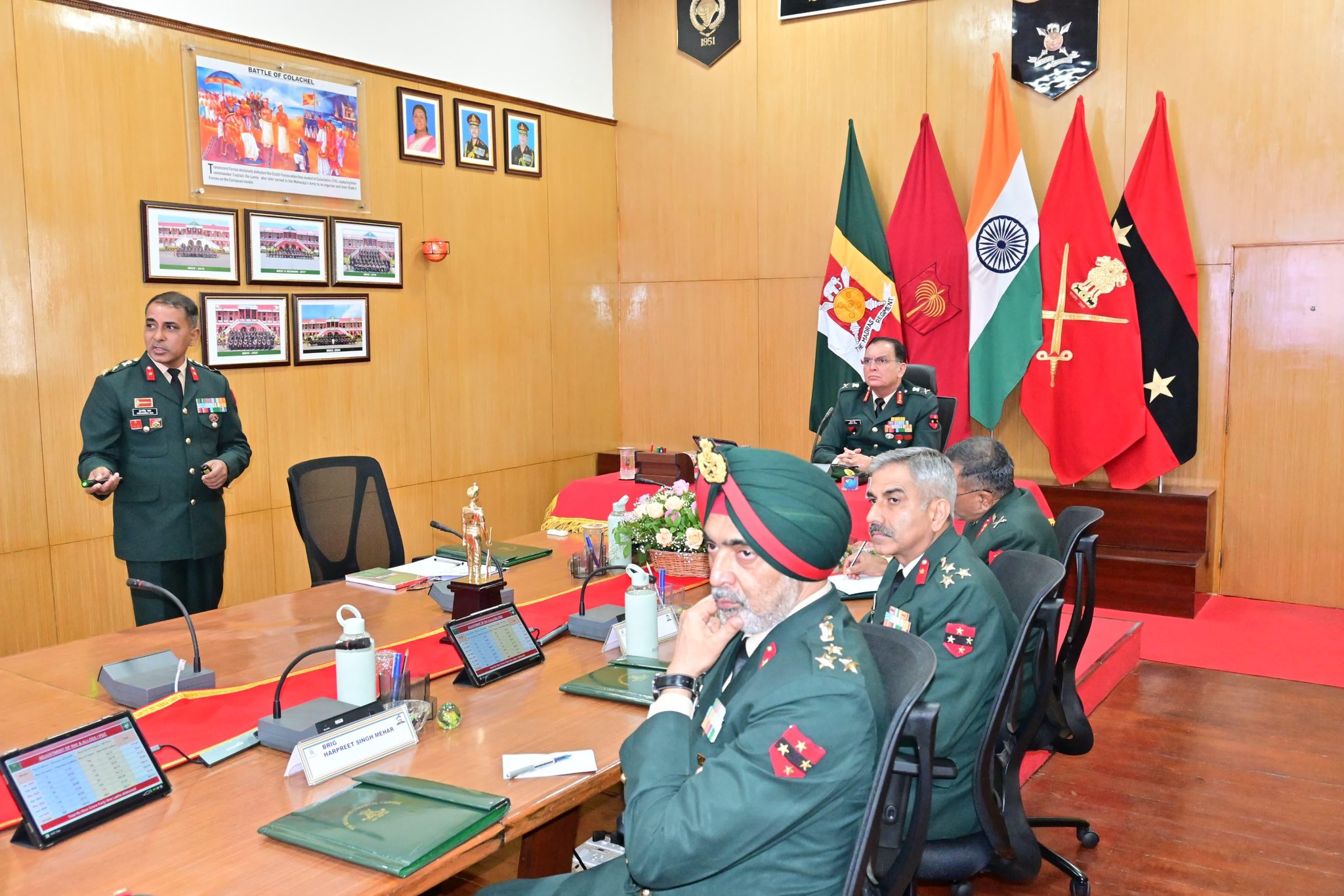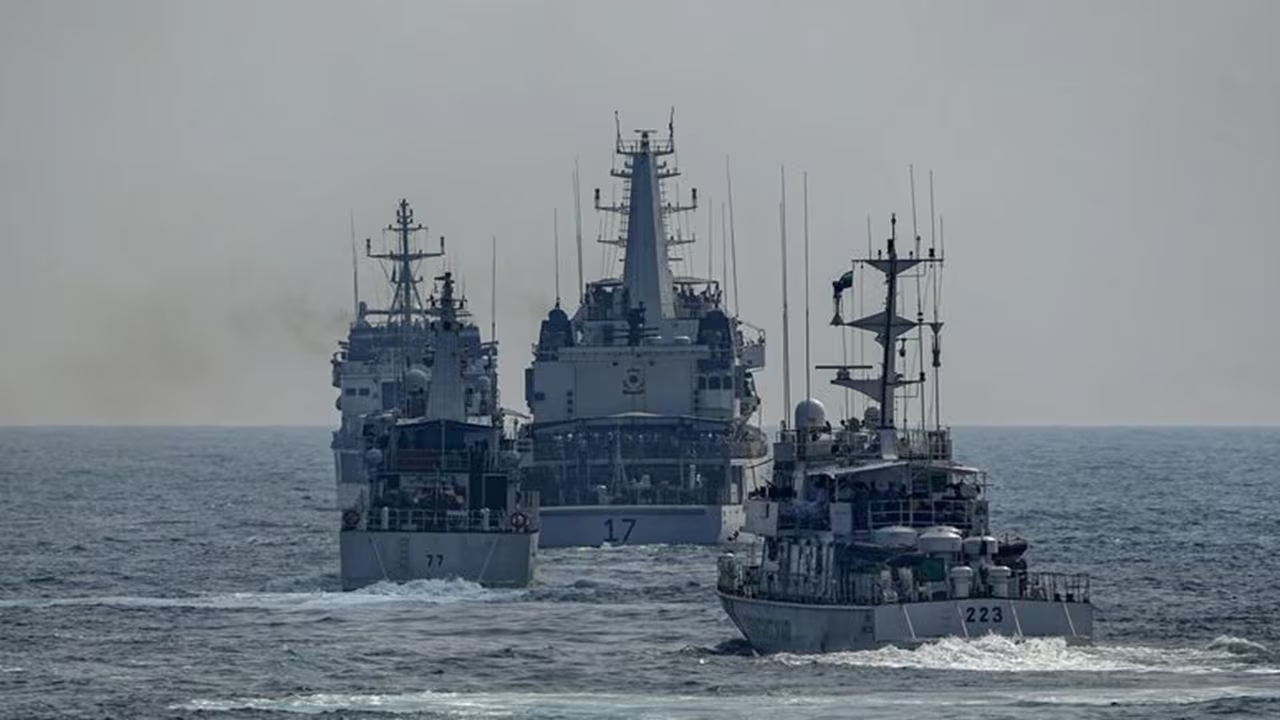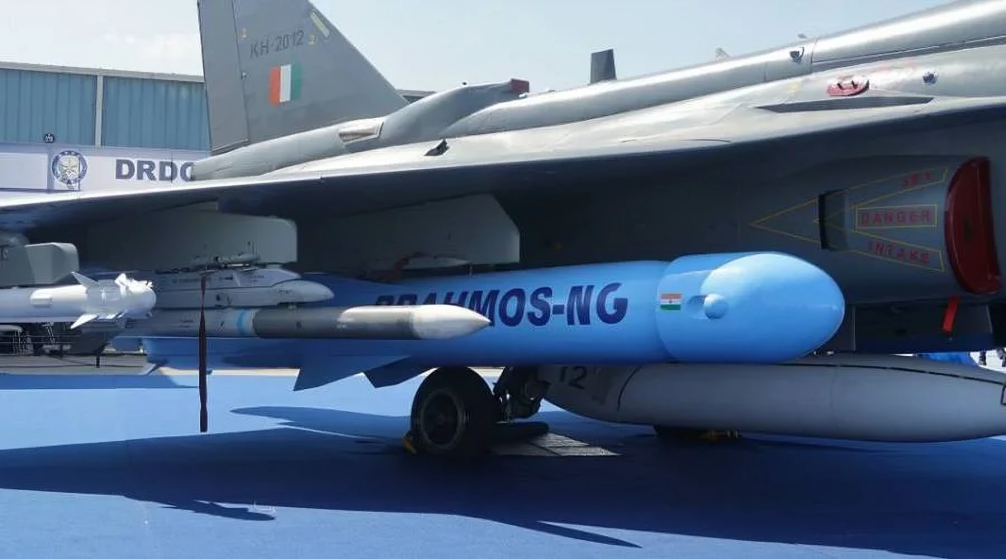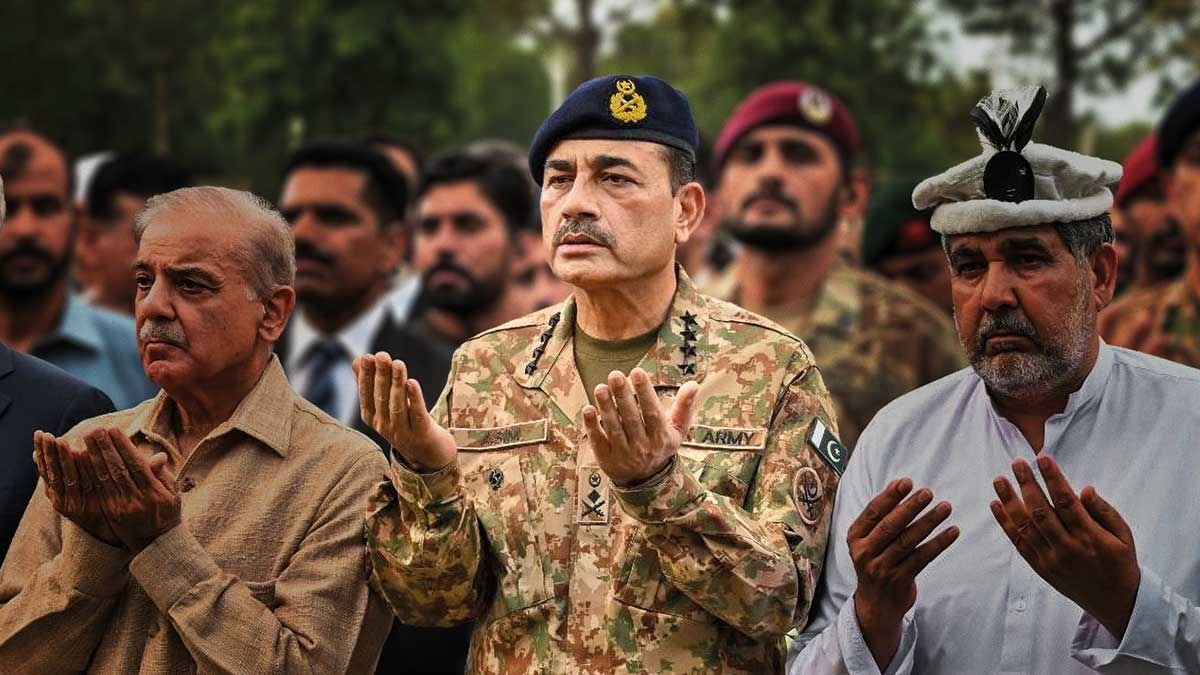Pakistan Rejects India’s Charge of ‘Nuclear Blackmail’ by Army Chief
Pakistan on Monday dismissed India’s accusation that its army chief, Field Marshal Asim Munir, engaged in “nuclear blackmail” during his…
10 Assault Rifles Used By Indian Armed Forces
The Indian Armed Forces, comprising the Army, Navy, and Air Force, have historically relied on a mix of indigenous, licensed,…
Lt Gen Dhiraj Seth Visits Madras Regimental Centre
Lt Gen Dhiraj Seth, PVSM, AVSM, General Officer Commanding-in-Chief of the Southern Command, visited the Madras Regimental Centre in Wellington…
Indian Coast Guard to induct UAVs and RPAs for Enhanced Maritime Surveillance
The Indian Coast Guard (ICG) is set to expand its operational capabilities with the induction of Remotely Piloted Aircraft (RPAs)…
Next-Generation BrahMos-NG Missile to Revolutionise India’s Strike Capabilities
India is set to make a major leap in missile technology with the development of the BrahMos-NG (Next Generation) supersonic…
India Slams Pakistan Army Chief’s ‘Nuclear Sabre-Rattling’ During U.S. Visit
India has issued a strong condemnation of remarks reportedly made by Pakistan’s Chief of Army Staff during a visit to…

